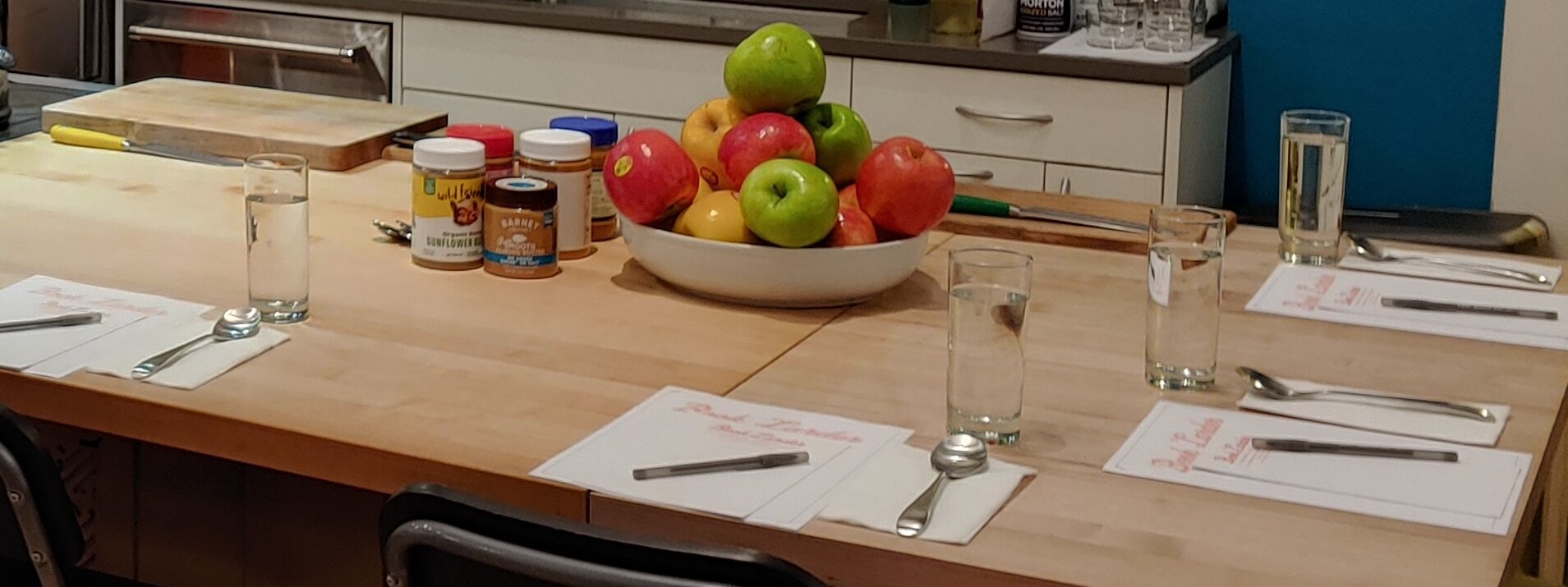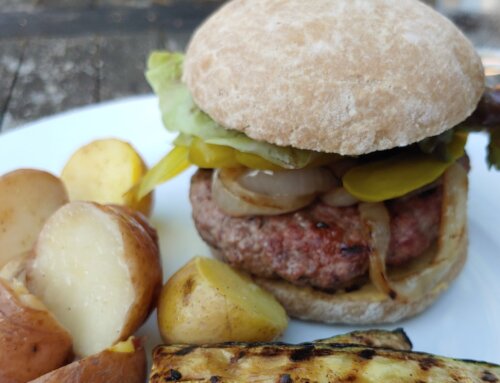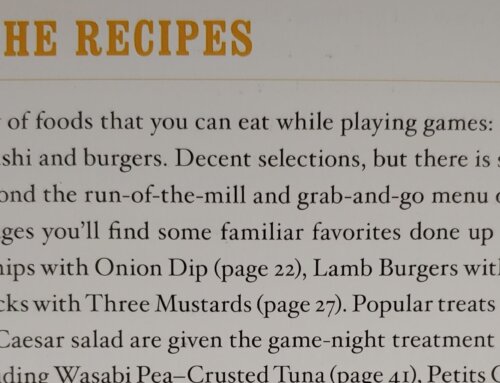Every recipe starts with at least one ingredient and a description of something to do with it (or them). “Cooking” per se isn’t requisite, of course, but some degree of transformation or composition—beyond simply assembling food to eat—generally is. I’d argue, for instance, that a “recipe” for sliced apple with peanut butter for dipping or spreading is more of a serving suggestion than a recipe. More on that soon.
As a better example, consider the egg. Among the most rudimentary recipes possible would be, say, “egg, boil.” It’s an ingredient. And something to do with it. Proceeding from there to what we’d consider a more complete recipe becomes a good exercise in exploring these two core recipe components.
What comes next will reflect your audience, your goals, your experience, your voice. Each of those four points alone introduce countless potential variations, themes that will crop up frequently in future posts.
On the ingredient side of things, quantity is a standard element. Sure, someone could boil a single egg or a dozen eggs. But what’s your intent for this recipe’s context? The quantity mentioned will inform what comes later in the method. Boiling two eggs versus eight requires different size pans, and could influence cooking time (perhaps more in other circumstances than when boiling eggs, but it’s a consideration to keep in mind). So while “as many eggs as you want” may seem user-friendly, being specific—even if a range, “4 to 6”—will better serve the home cook.
What else is good to know about the eggs? “Large” for the size tends to be understood: a recipe calling just for “eggs” usually implies “large eggs.” I still prefer to be clear, specifying large eggs when I’m writing recipes. We generally take for granted them being chicken’s eggs, so that rarely bears including. Though of course should the type of egg vary, using quail or duck eggs, you’d be noting as such. And, say, it’s a project in which a whole realm of eggs are featured—quail here, chicken there, ostrich in another—chicken would be stated along with the other types in that context. Many factors can dictate variations in recipe style, it’s valuable to keep that in mind and adapt as needed.
The technique side of the recipe can go in far more directions than I’ll get into here. Suffice it to say: be as clear as you can about the process you go through to cook those eggs to the desired doneness–soft? jammy? hard? Again, I understand it can be tempting to emphasize how easy a recipe is by glossing over seemingly mundane information. I saw an example of that on a food company’s web site recently, a cracker recipe for which the instructions were simply to mix all the ingredients in a bowl and roll the dough out on a counter. That could suffice for some home cooks, many others will benefit from more detail to achieve the intended results. For the eggs, think about size of the pan, how much water (likely by an inch vs volume measure, this case), is the water a particular temp?, what level of heat for the stove, amount of time for cooking.
Back to the apple and peanut butter example, that can shift into recipe territory when creative elements and insights are introduced. I’ve used this example in a class I taught about recipe writing at Book Larder, the photo above is from that class. It was a simple way for students to engage in some quick real-time development and craft a brief recipe from it. We had various apples, different nut butters, a number of accoutrements such as toasted coconut, mini chocolate chips and pretzel sticks on hand for them to use. Specifying the type of apple used, tips for how to core and cut it, favorite combinations of accent ingredients, description of presentation, personal insights and memories to share…that all contributes value to the recipe and interest to the reader.
Recipes do not have to be complex in order to be interesting, creative endeavors. In fact simpler recipes, such as these couple examples, can be intriguing exercises in defining your own personal style, experience, areas of culinary interest, and capacity to interject some lessons and valuable insights along the way.




